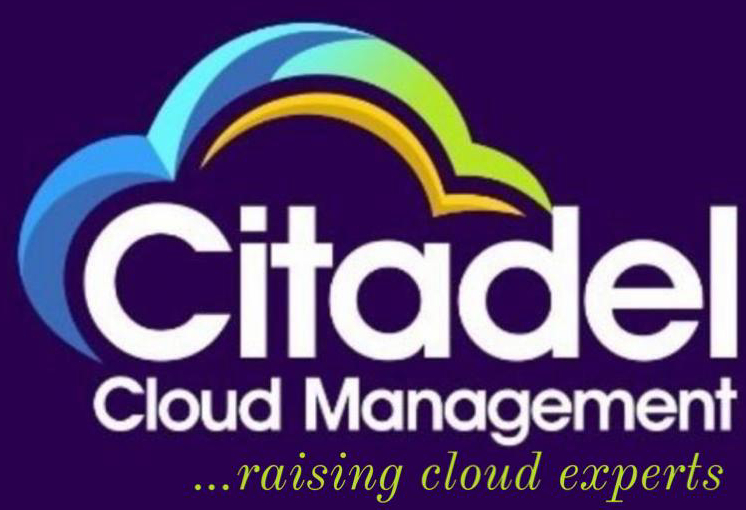2025
Table of Contents for “The Future of Data Warehousing in a Multi-Cloud World” 1. Introduction to Multi-Cloud Data Warehousing Overview: Multi-cloud strategies involve the use of multiple cloud providers to host data and workloads. In the context of data warehousing, this enables organizations to store, manage, and analyze data across different platforms to optimize performance […]
Table of Contents: 1. Introduction This section sets the stage by providing an overview of what data warehousing is and why organizations must decide between cloud and on-premises solutions. The introduction touches upon the rising trend of cloud computing and how it impacts modern data management strategies. 2. What is Cloud Data Warehousing? Cloud data […]
Table of Contents: 1. Introduction to Data Warehousing Data warehousing is the process of collecting, storing, and managing large amounts of data from various sources in an organization. It serves as a centralized repository that stores data from transactional databases and other sources to enable effective querying and reporting. 2. Key Components of Data Warehousing […]
Table of Contents: 1. Introduction to Open Banking and Cloud SaaS Overview of Open Banking Open Banking refers to a financial services model where banks and financial institutions provide secure access to their data to third-party providers through APIs (Application Programming Interfaces). This enables innovative financial products and services, such as budget management tools, personalized […]
Table of Contents 1. Introduction to AI in FinTech Artificial Intelligence (AI) is revolutionizing various sectors, and FinTech is no exception. AI technologies such as machine learning, natural language processing (NLP), and neural networks are being utilized to create smarter, more efficient systems for detecting fraud and managing risk. The ability of AI to process […]
Table of Contents 1. Introduction to FinTech in Emerging Markets FinTech refers to the use of technology to improve and automate financial services. In emerging markets, FinTech is reshaping the financial services landscape by offering innovative solutions to address local challenges such as financial inclusion, access to credit, and payment systems. Emerging markets often have […]
Table of Contents: How Cloud Computing Is Disrupting Traditional Banking 1. Introduction: Cloud Computing and Traditional Banking Cloud computing refers to the use of remote servers hosted on the internet to store, manage, and process data instead of local servers or personal computers. In the banking industry, cloud computing is revolutionizing the way financial institutions […]
Table of Contents: 1. Introduction to Cloud-Based Digital Payments Cloud-based digital payments refer to payment solutions powered by cloud computing technologies, allowing businesses and consumers to process transactions securely and efficiently over the internet. The shift from traditional on-premise infrastructure to cloud-based models has revolutionized how financial transactions are handled, offering scalability, flexibility, and lower […]
Table of Contents: The Rise of Embedded Finance: What It Means for SaaS Providers 1. Introduction to Embedded Finance Embedded finance refers to the seamless integration of financial services and products into non-financial platforms, such as software-as-a-service (SaaS) platforms. This trend is revolutionizing the way businesses provide financial services, enabling companies to offer payment processing, […]
Table of Contents: 1. Introduction to SaaS in the FinTech Industry Overview of SaaS (Software-as-a-Service)SaaS refers to cloud-based software that is accessed over the internet, offering a variety of services on a subscription model. In the FinTech industry, SaaS platforms provide solutions that improve efficiency, reduce operational costs, and enhance customer experience. The growing influence […]
ADDRESS
Houston, Texas USA
US LINE
+1 (346) 652-4970
NIGERIA LINE
081 2852 0152
MAIL ADDRESS
info@citadelcloudmanagement.com
QUICK LINKS
- © 2025. All Rights Reserved By Citadel Cloud Management
